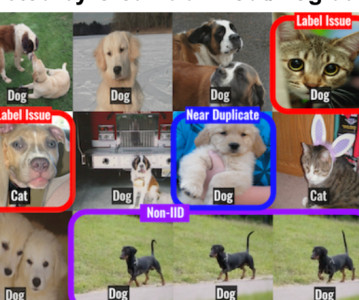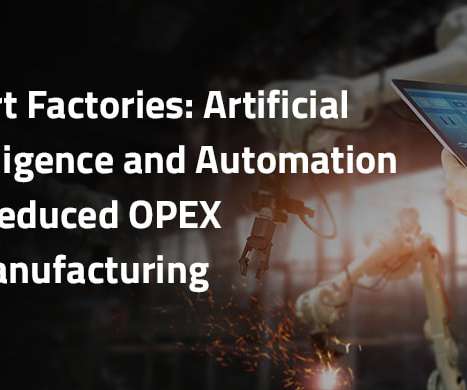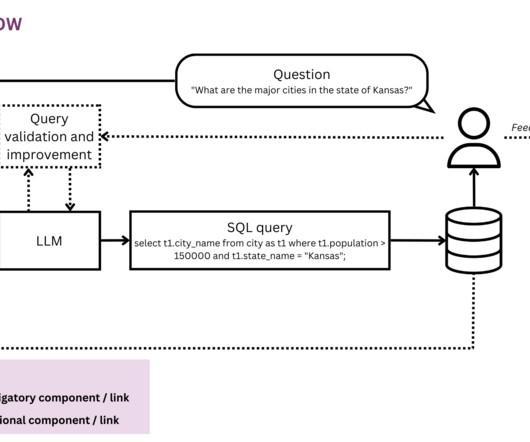How to Practice Data-Centric AI and Have AI Improve its Own Dataset
ODSC - Open Data Science
OCTOBER 11, 2023
Machine learning models are only as good as the data they are trained on. Even with the most advanced neural network architectures, if the training data is flawed, the model will suffer. Data issues like label errors, outliers, duplicates, data drift, and low-quality examples significantly hamper model performance.












Let's personalize your content